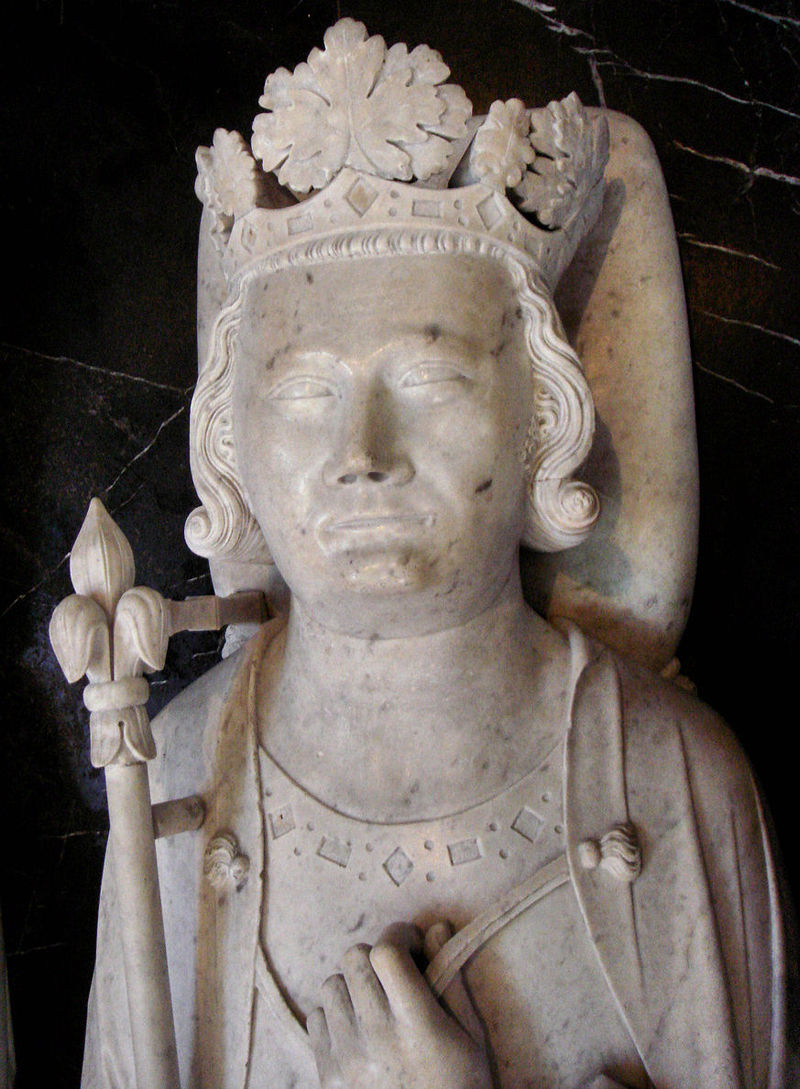The French monarchs frequently employed members of the Temple as
advisors and collaborators. Louis VII was the first Capetian monarch to
admit Templars into his inner circle, such as Eustache Chien and even
more so, Geoffroy Foucher, with whom he maintained friendly
correspondence.
Over time, the practice of using Templars as advisors waxed and waned, but it never disappeared: the Kings Philip Augustus (1180-1223), St. Louis (1214-1270) and Philip the Fair (1268-1314) all called on Templars for courtly services. Rarely used in the field of law and -contrary to England- in war, the brethren were mostly solicited for financial and political affairs. They were managers of the royal treasury, which was deposited at the Temple in Paris in 1146 and kept there except for a brief period between 1295 and 1303 when Philip the Fair turned to Italian bankers. They were also given several missions of confidence, such as Gilles, treasurer of the Temple and of the King, who was entrusted to receive oaths of fidelity on the king’s behalf from the great vassals of the realm between 1236 and 1250.
Some of the Templars working for the king were even part of the palace’s inner circle: playing on their financial and political skills, at least four were chaplains at court during the thirteenth century. Another, Arnoul de Wezemaal, a member of the Brabantine aristocracy, became Royal Chamberlain after having served as a diplomat, especially in 1277 and 1285 to the Netherlands and the Iberian Peninsula.
Text adapted from Philippe Joserand (2015) The Templars in France: Between History, Heritage, and Memory; in: COSTA, Ricardo da, SALVADOR GONZÁLEZ, José María (coords.). Mirabilia 21 (2015/2), Medieval and early modern Iberian Peninsula Cultural History (XIII-XVII centuries), Jun-Dez 2015/ISSN 1676-5818. Illustration Gisant of Philip the Fair in the Basilica of Saint-Denis, source

No comments:
Post a Comment